Would you like your own personal robo-cook? 😃
The future of cooking at home.
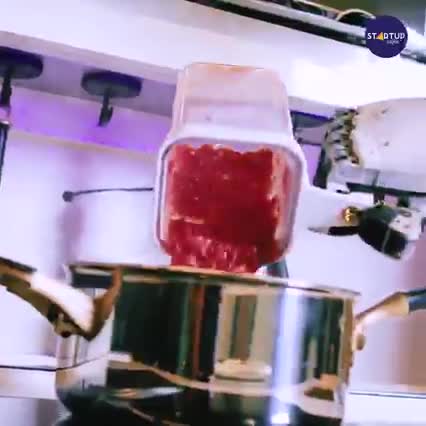
In this special episode of Hello World, best-selling author and Bloomberg Businessweek journalist Ashlee Vance goes on a RV road trip through California in the midst of a pandemic and sweeping forest fires. Along the way, he hangs out with a Tesla co-founder who wants to recycle all the world’s batteries, some robotic farmers, a test pilot who almost lost his life and desert space-geeks building a lunar lander.
#HelloWorld #BloombergBusinessweek #California.
——-
Like this video? Subscribe: https://www.youtube.com/Bloomberg?sub_confirmation=1
QuickTake Originals is Bloomberg’s official premium video channel. We bring you insights and analysis from business, science, and technology experts who are shaping our future. We’re home to Hello World, Giant Leap, Storylines, and the series powering CityLab, Bloomberg Businessweek, Bloomberg Green, and much more.
Subscribe for business news, but not as you’ve known it: exclusive interviews, fascinating profiles, data-driven analysis, and the latest in tech innovation from around the world.
Visit our partner channel QuickTake News for breaking global news and insight in an instant.
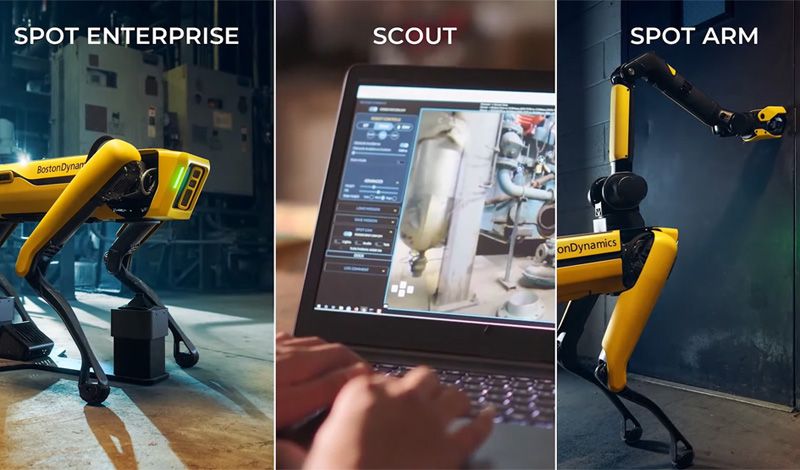
Dr. Ann Aerts MD, Head of the Novartis Foundation and Member of the US National Academies of Medicine Commission on Healthy Longevity.
Dr. Ann Aerts, M.D. is Head of the Novartis Foundation, an organization committed to transforming the health of low-income populations, by leveraging the power of data, digital technology and artificial intelligence (AI) to re-imagine health and care around the world.
Dr. Aerts holds a Degree in Medicine, a Masters in Public Health from the University of Leuven, Belgium, and a Degree in Tropical Medicine from the Institute of Tropical Medicine in Antwerp, Belgium.
Dr. Aerts is passionate about improving population health through data, digital health and AI, chairs the Broadband Commission for Sustainable Development Working Group on Digital and AI in Health and is a member of the International Advisory Board of the Commonwealth Centre for Digital Health.
In 2018, Dr. Aerts served as a member of the US National Academies of Science Engineering and Medicine Committee on Improving the Quality of Health Care Globally and sits on the US National Academies of Medicine Commission on Healthy Longevity. Dr. Aerts has authored numerous publications on digital health, innovative approaches and multi-sector partnerships to address global health challenges.
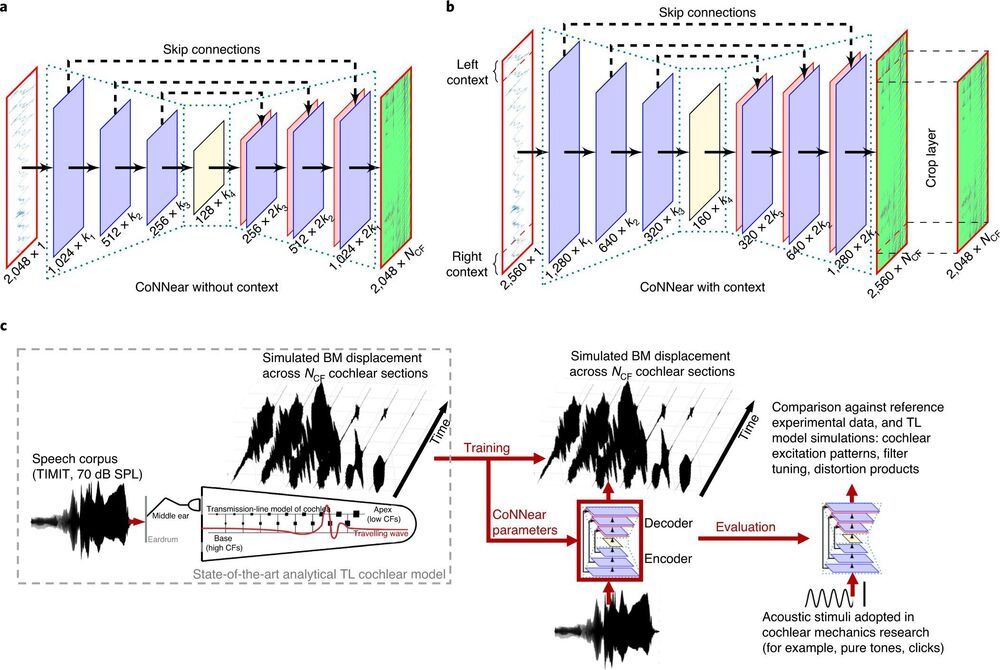
A trio of researchers at Ghent University has combined a convolutional neural network with computational neuroscience to create a model that simulates human cochlear mechanics. In their paper published in Nature Machine Intelligence, Deepak Baby, Arthur Van Den Broucke and Sarah Verhulst describe how they built their model and the ways they believe it can be used.
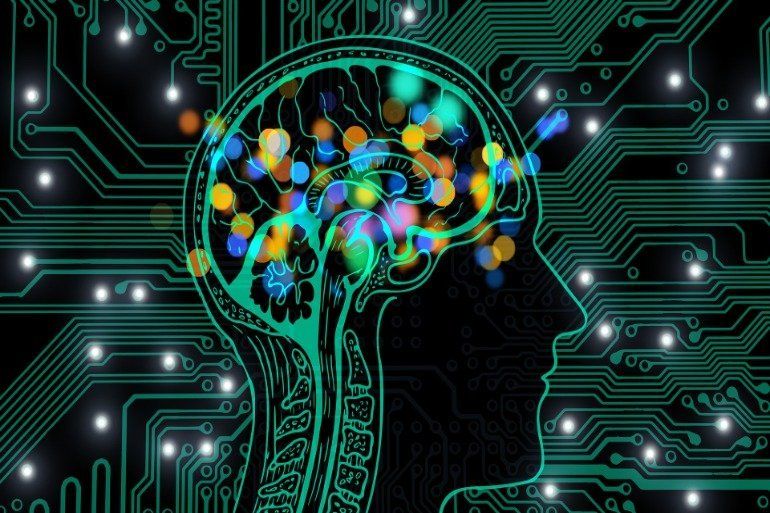
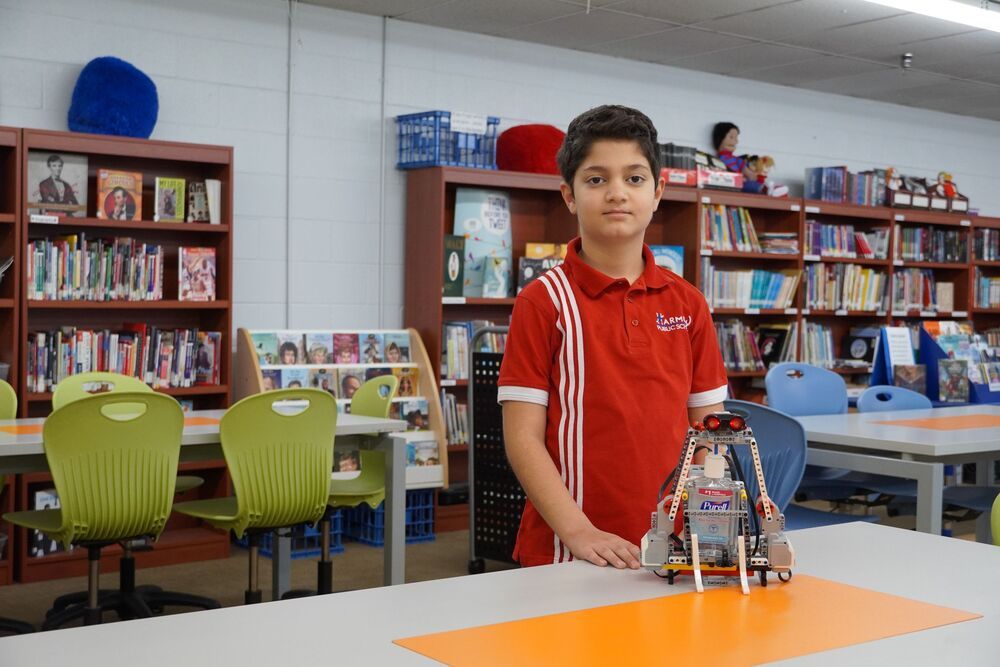

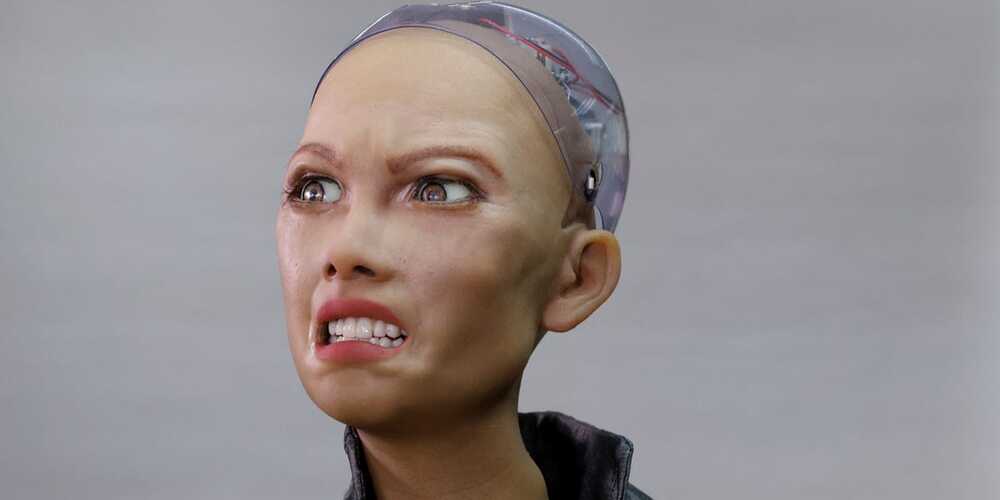
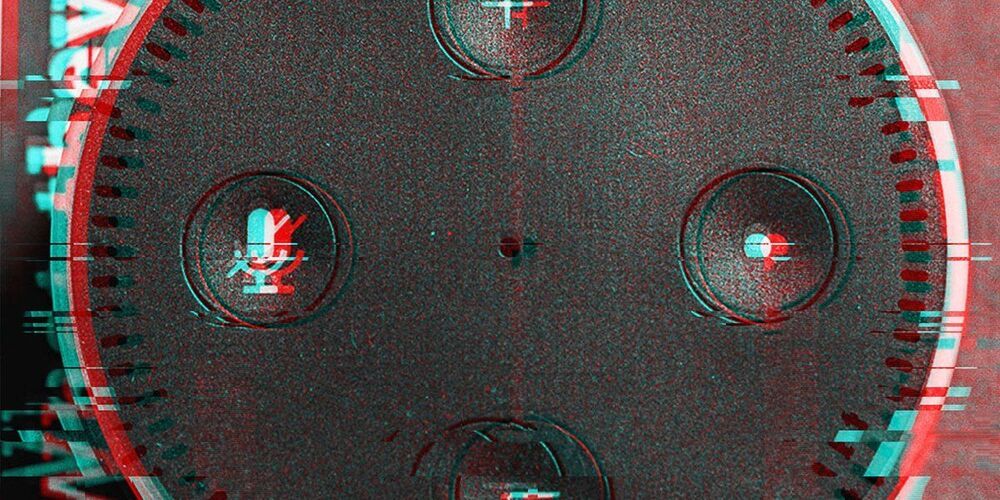
Circa 2020
AI can read your emotional response to advertising and your facial expressions in a job interview. But if it can already do all this, what happens next? In part two of a series on emotion AI, Jennifer Strong and the team at MIT Technology Review explore the implications of how it’s used and where it’s heading in the future. This episode was reported and produced by Jennifer Strong, Karen Hao, Tate Ryan-Mosley, and Emma Cillekens. We had help from Benji Rosen. We’re edited by Michael Reilly and Gideon Lichfield.